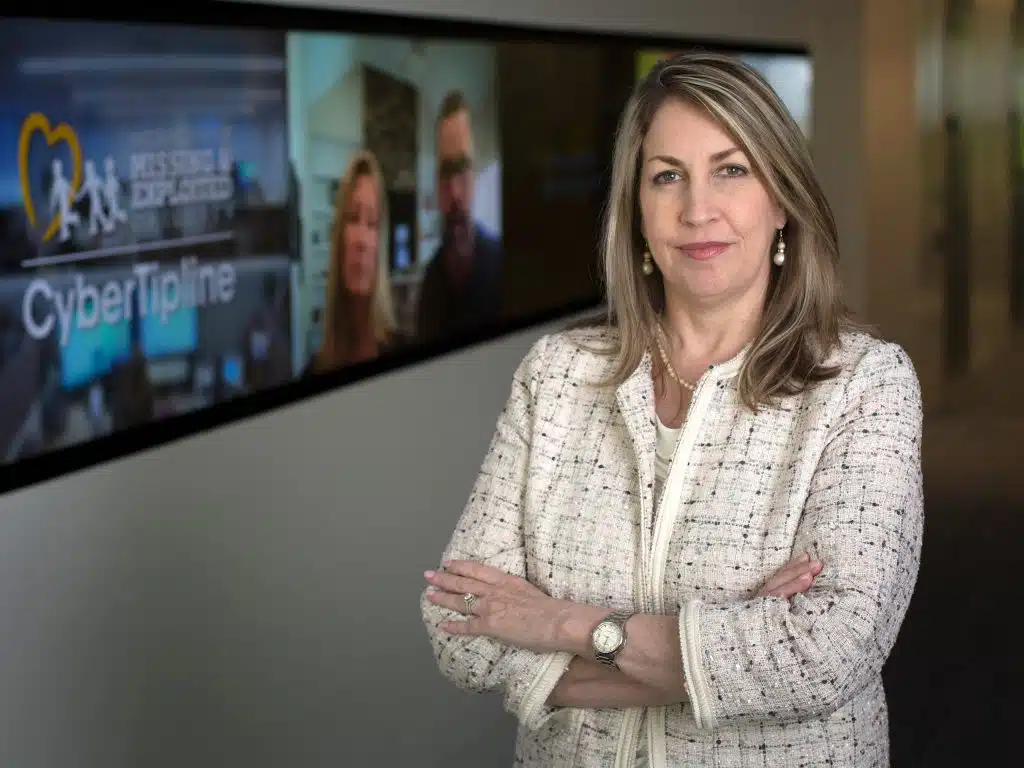At a point in history when pornography websites make up approximately 36 percent of the Internet and earn $3,000 per second, activists, medical professionals and nonprofit leaders gathered to discuss methods to combat hyper-sexualized forms of media at a symposium entitled “Pornography: A Public Health Crisis. How Porn Fuels Sex Trafficking, Child Exploitation, and Sexual Violence” at the U.S. Capitol Visitors Center July 14.
The symposium was hosted by the National Center on Sexual Exploitation, an organization led by Patrick Trueman, former chief of the Child Exploitation and Obscenity section of the U.S. Department of Justice, and board members including Arlington Bishop Paul S. Loverde.
During the conference, speakers discussed the scientific correlations repeatedly found between pornography use, domestic violence against women, increased demand for sexual exploitation of children and sexual dysfunction in young men.
Gail Dines, a professor at Wheelock College in Boston and research expert on the damaging effects of pornography, emphasized the absence of love within the sexual acts portrayed in pornography.
“Porn is about making hate to women,” said Dines. “Love, connection, intimacy, all these things are gone in porn and replaced with disrespect, dehumanization, debasement and violence. If you think we are here today because we are upset about Playboy and pictures of naked women smiling in cornfields, forget it. What we are talking about is mainstream pornography that is violent, abusive and based on the torture of women.”
Although some believe that pornography caters to the fantasies of young men, Dines said the porn industry actually traumatizes early users in order to reap profits from a new fan base.
“These sites take an innocent 12-year-old boy and say to him, ‘You want to be a man? You want an initiation to masculinity? This is your initiation. This is your hazing,'” said Dines. “After being bombarded by these violent images, the boy is traumatized, and this is part of the brilliant business plan of the pornographers. The more traumatized he is by porn, the more he’s going to turn back to it because victims of unresolved trauma always return to the site at which the trauma happened. Porn isn’t fantasy because it doesn’t happen in the head. Porn is sexual exploitation that happens in the banks of international capital.”
While many of the speakers discussed the psychological effects of porn, Mary Anne Layden, a psychotherapist and the director of education at the Center for Cognitive Therapy at the University of Pennsylvania, highlighted a surprising link between porn use, psychological trauma and sexual dysfunction.
According to her research, increasing use of pornography among young males resulted in higher psychopathic scores, and in one study, 58 percent of the male subjects suffered from erectile dysfunction with women, but not with porn.
“These young men can perform with pixels, but not with people,” said Layden. “The companies within the porn industry are making psychopaths out of our boys and victims out of our girls, and they will not stop unless we stop them.”
Although Internet companies and government organizations have spent millions of dollars developing free computer filtering tools for parents, Layden argued that individuals cannot protect their families from exposure to indecent material in this day and age.
“In a world where the American Library Association had a website that taught teens how to disable the blocking software that their parents put on home computers, you cannot protect your children,” said Layden. “You can’t protect your family from others who consume Internet porn because they become carriers of these attitudes and behaviors back to their homes, back to their jobs, into the street, into the schoolyard. We are unable to fix the problem on an individual level, and that is why leaders in every public sector must band together to combat this public health crisis.”
One parent who understands Layden’s argument better than anyone is Ed Smart. As the father of Elizabeth Smart, who was abducted at the age of 14 in 2002 and rescued nine months later, Smart learned firsthand how impossible it can be to protect a child from sexual predators.
Unlike the typical predator that separates his victim from friends and family to minimize the risk of failure, Elizabeth’s captor, Brian David Mitchell, was guided by an “insatiable sexual appetite” fueled by porn addiction that led him to abduct Elizabeth from her bed while the rest of her family was home.
“The night Elizabeth was abducted Mitchell told her, ‘I have a knife at your throat, don’t say a word or I will kill you and your family,'” said Smart. “Is this the end result of a little innocent exposure to pornography? Did this desire lead him to break into our house in the middle of the night when everyone was at home? Who would take such a risk and why? It seemed inconceivable to me, but this is how the brain transforms under long-term exposure to pornography.”
Dr. Donald Hilton, a neurosurgeon and professor at the University of Texas Health Science Center, has studied the effects of pornography addiction on the brain for many years, but he argued that it doesn’t take a medical degree to see that porn dehumanizes both its victims and its users.
“Our brains are marvelous, and we are designed for a much richer human experience than pornography offers,” said Dr. Hilton. “Of course we are designed to experience pleasure, but also to realize so much more. We’re not just primitive brain stems -we have an intricate cortex capable of thinking, feeling, bonding and comprehending. We can experience compassion, empathy, and yes, even love. I believe we can do better. Let’s reclaim our humanity for ourselves and future generations.”
Willis can be reached at [email protected].


